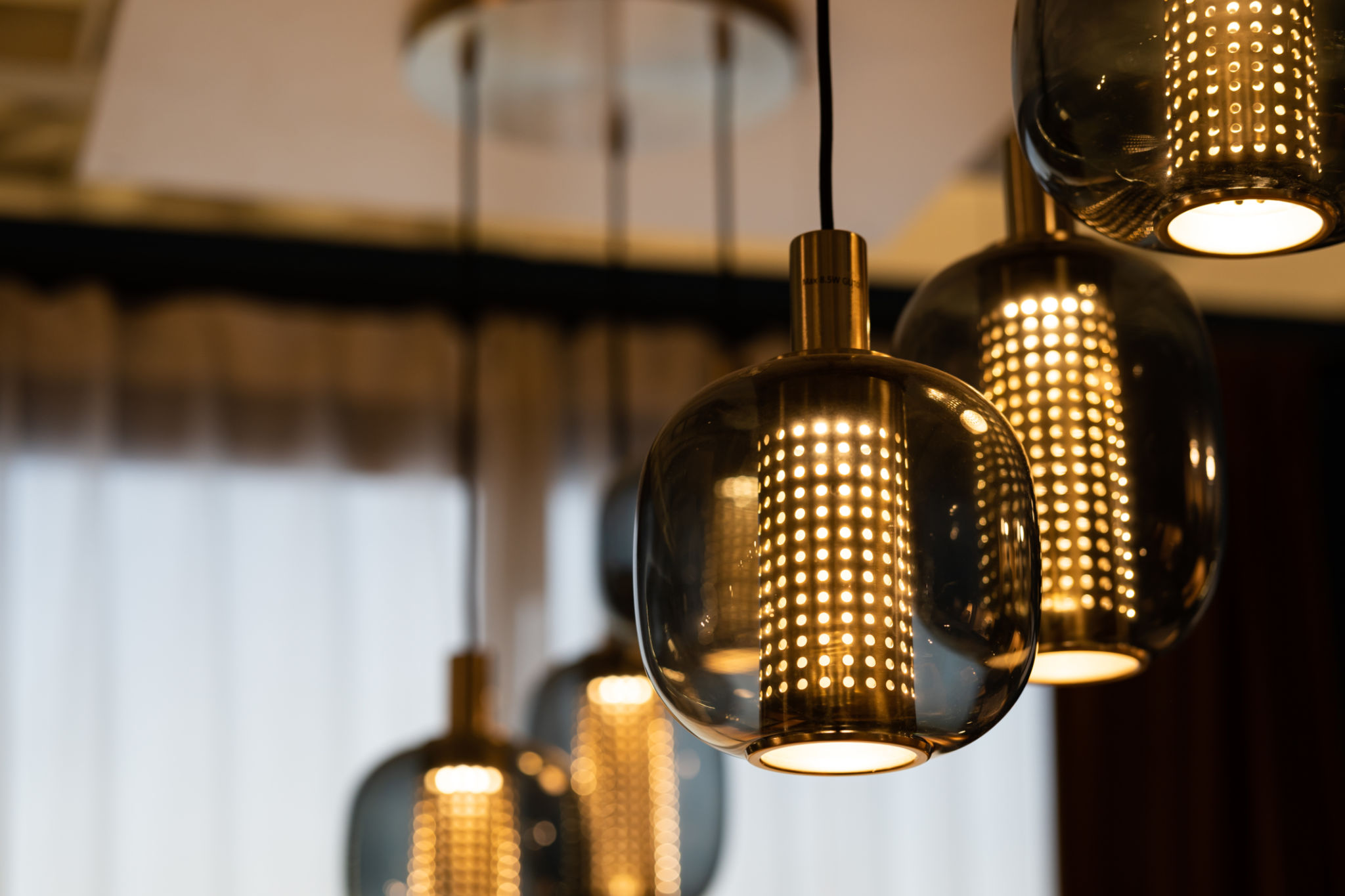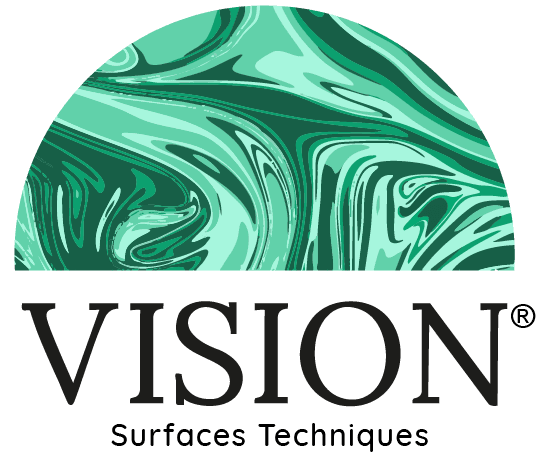The Future of Lighting in Textured Interior Design
Understanding Textured Interior Design
Textured interior design has emerged as a significant trend in the world of interiors. It involves the strategic use of different materials and surfaces to create a sense of depth and contrast within a space. From rough stone walls to smooth metallic finishes, texture adds an extra dimension to design that captures the eye and evokes emotion.
Incorporating texture into interior design is not just about aesthetics; it also enhances the tactile experience of a space. The interplay of light and texture can dramatically alter the ambiance, making lighting an integral part of textured design. As we look to the future, the role of lighting in textured environments continues to evolve.

Innovative Lighting Techniques
The future of lighting in textured interior design is characterized by innovation and creativity. With advancements in technology, designers can now explore a myriad of lighting techniques that complement textures. One such technique is the use of layered lighting, which involves combining ambient, task, and accent lighting to highlight textures in unique ways.
Smart lighting systems are also becoming increasingly popular. These systems allow for custom control over the intensity and color of light, enabling designers to create dynamic environments that change throughout the day. This personalization enhances the interaction between light and texture, offering a more immersive experience.
Embracing Natural Light
Natural light plays a pivotal role in textured interior design, as it highlights textures in a way that artificial light cannot. Large windows, skylights, and strategically placed mirrors are some of the methods used to maximize natural light in a space. The future will likely see an increased emphasis on incorporating natural elements into design.

Moreover, biophilic design principles are gaining traction, focusing on connecting interiors with nature. This approach not only enhances the aesthetic appeal but also improves well-being by leveraging the calming effects of natural light and organic textures.
LED Technology and Sustainability
LED technology is at the forefront of sustainable lighting solutions in textured interiors. LEDs are energy-efficient, long-lasting, and offer a wide range of color temperatures, making them ideal for highlighting different textures. The ability to adjust LED lighting to suit various materials enhances the versatility of textured design.
Sustainability is becoming more than just a trend; it's a necessity. As consumers become more environmentally conscious, the demand for sustainable lighting solutions will continue to rise. Designers are increasingly opting for eco-friendly materials and technologies that align with these values.
The Role of Color Temperature
The color temperature of lighting can significantly impact how textures are perceived within a space. Warm lighting tends to soften textures and create a cozy atmosphere, while cool lighting can enhance crisp lines and intricate details. Understanding how color temperature interacts with texture is crucial for designers aiming to achieve specific moods and effects.

Experimenting with different color temperatures allows for greater flexibility in design. This adaptability is crucial as it enables spaces to transform according to function or time of day, thereby enhancing usability and comfort.
The Future Outlook
As technology continues to advance, the future of lighting in textured interior design looks promising. We can expect to see even more integration of smart technologies, allowing for seamless control and automation. This evolution will enable designers to create dynamic spaces that adapt to our ever-changing needs and preferences.
Ultimately, the fusion of innovative lighting and textured design will lead to more personalized and engaging environments. By embracing these trends, we can look forward to living spaces that are not only aesthetically pleasing but also environmentally responsible and emotionally resonant.
